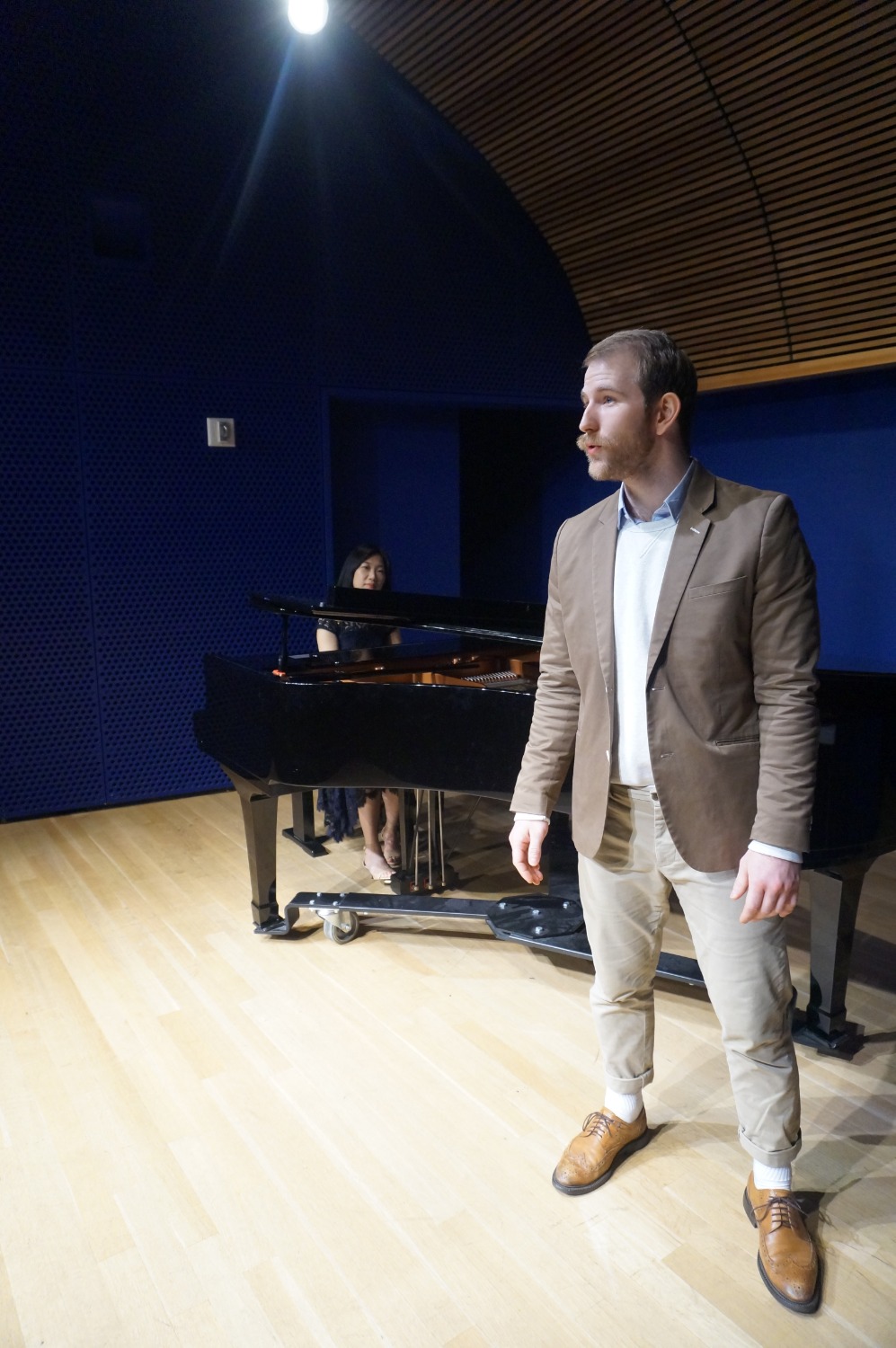
A collaborative pianist can therefore train to focus more exclusively on working with vocalists, instrumentalists, or both, depending on the institution they choose. The graduate collaborative recital culminates in the presentation of both instrumental and vocal repertoire,” says Carver, associate teaching professor in Collaborative Arts. “The students study chamber music and lyric diction, and work with instrumental and voice faculty in the studio. In this way, they are both expanding their knowledge of repertoire and performance practice while working with a wide community of musicians.Īt Carnegie Mellon University School of Music, Mark Carver and Luz Manriquez run a program that crosstrains students to be fluid in both instrumental and vocal collaboration. Some students also choose to take classes in opera, baroque ensemble, or orchestral piano. (the International Phonetic Alphabet) and how it is used when coaching a singer’s diction…they also study art song, lied, mélodie, and chamber music.” “Collaborative students must learn I.P.A. She says that in a graduate collaborative piano program, students have a lot to learn on top of the classic keyboard repertoire.

Susan Slingland is a full-time staff accompanist at the Hayes School of Music at Appalachian State University. What does one study in a collaborative piano program?ĭr. He or she is a talented performer in their own right, who enjoys working with soloists and chamber musicians as the primary means of performance. What is the difference between solo piano performance and collaborative piano?Ī solo pianist performs as a soloist-either completely alone, or as the “main event” in front of an ensemble such as an orchestra.Ī collaborative pianist, on the other hand, focuses on collaborating and partnering with other artists.

Here are a few important thoughts to guide you as you explore collaborative piano. We spoke with some professionals in the field to help answer these questions.


 0 kommentar(er)
0 kommentar(er)
